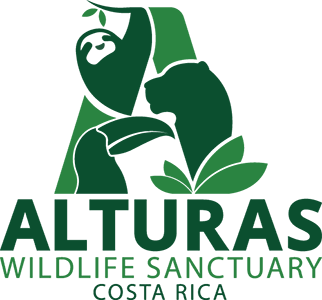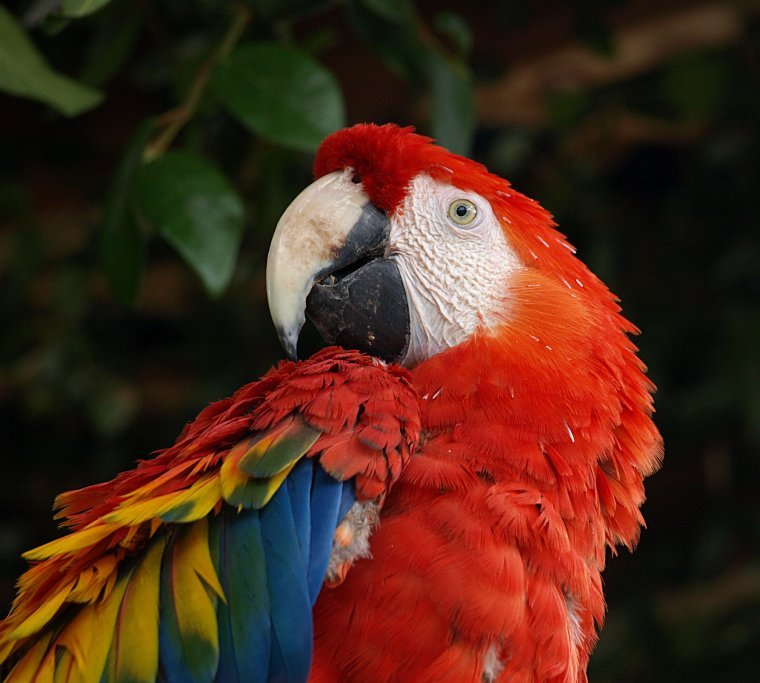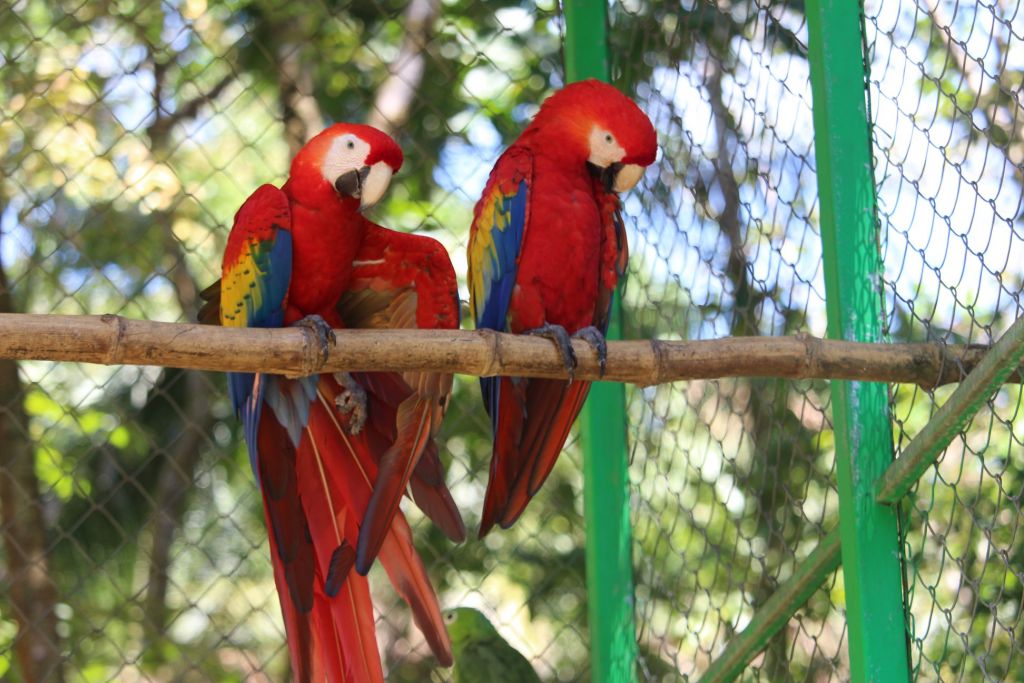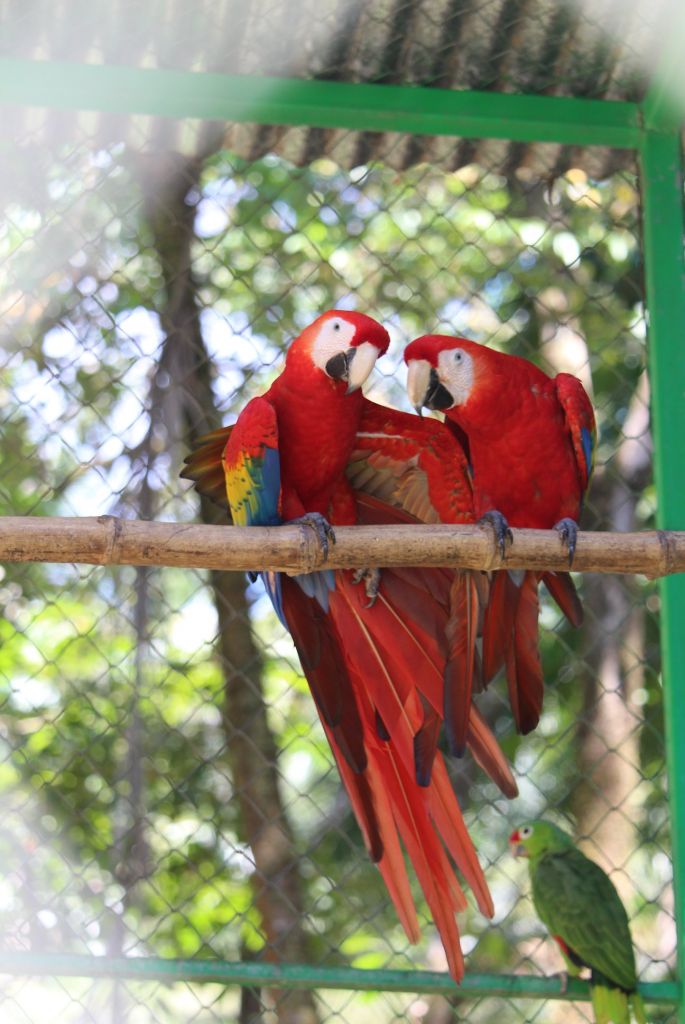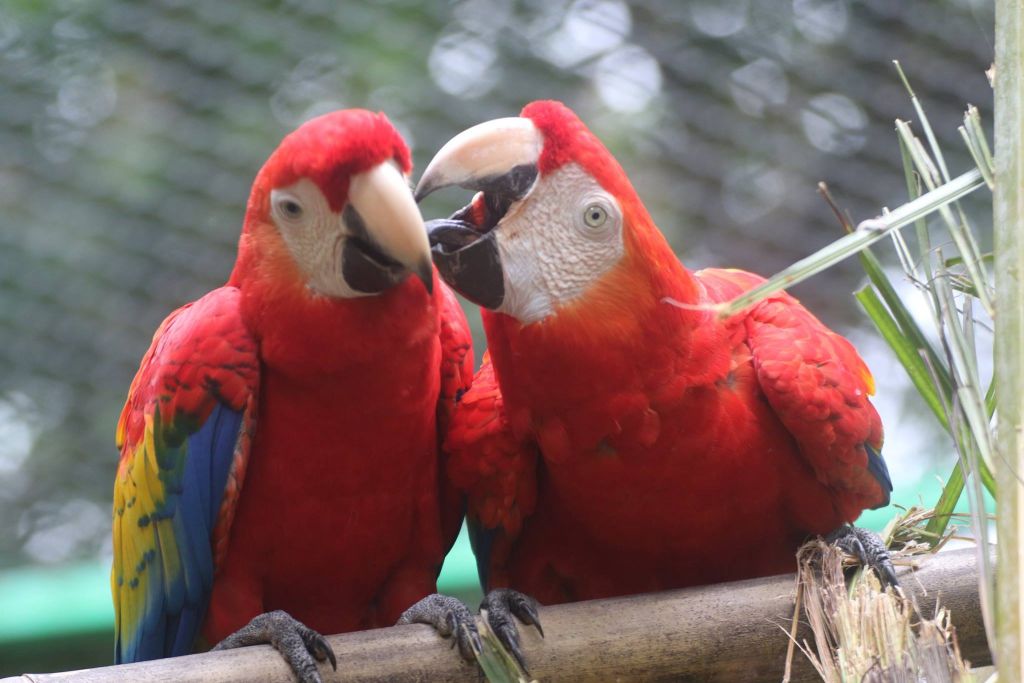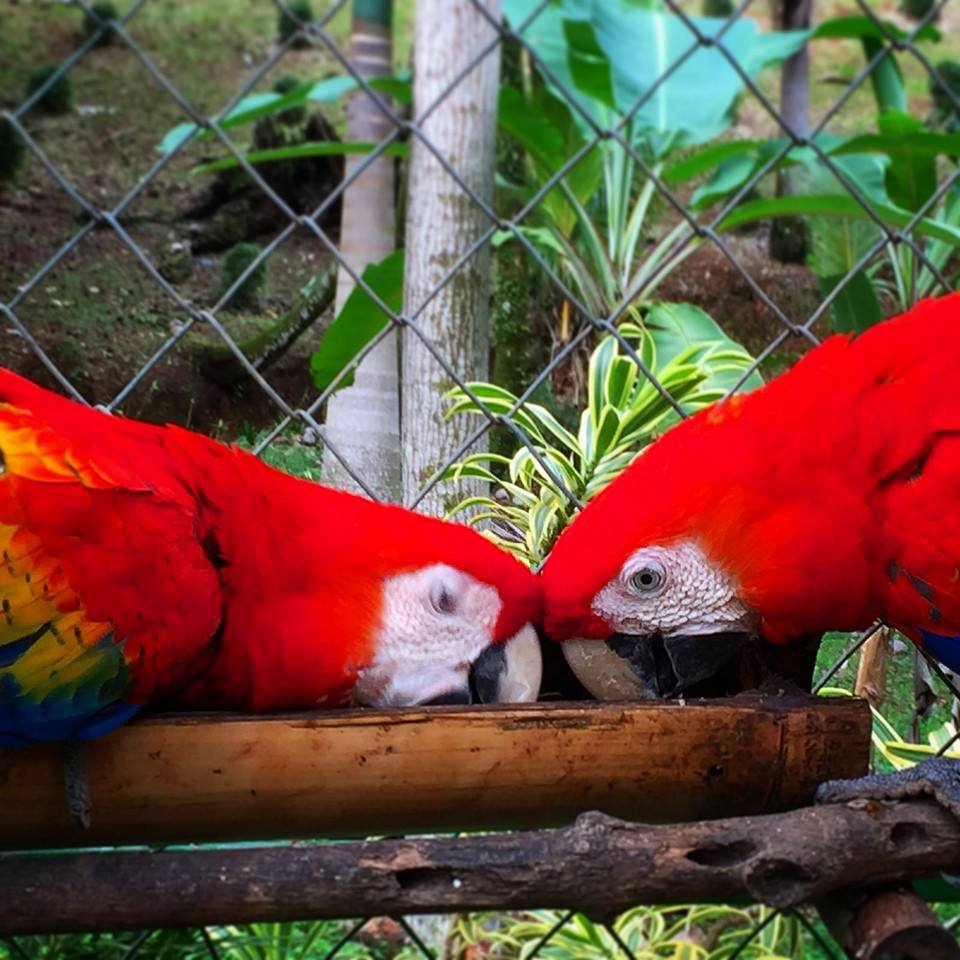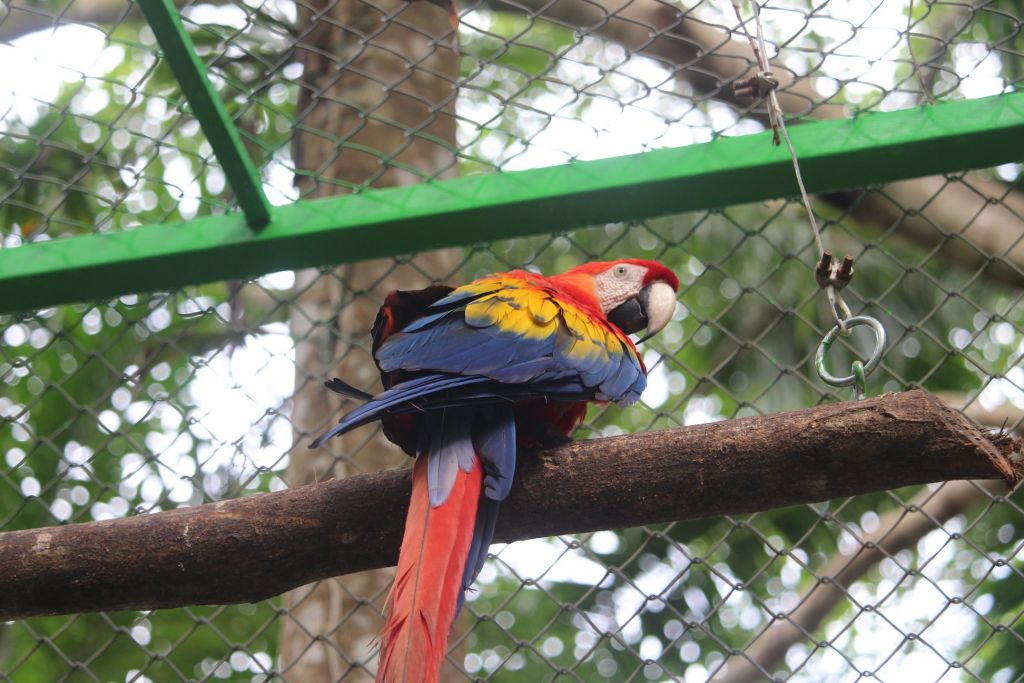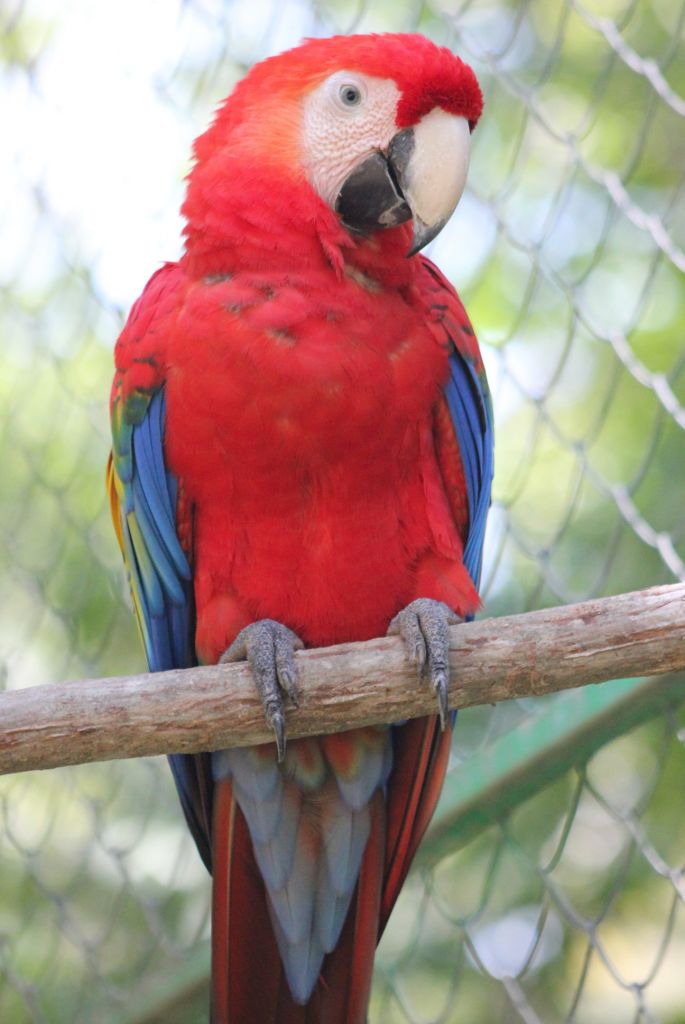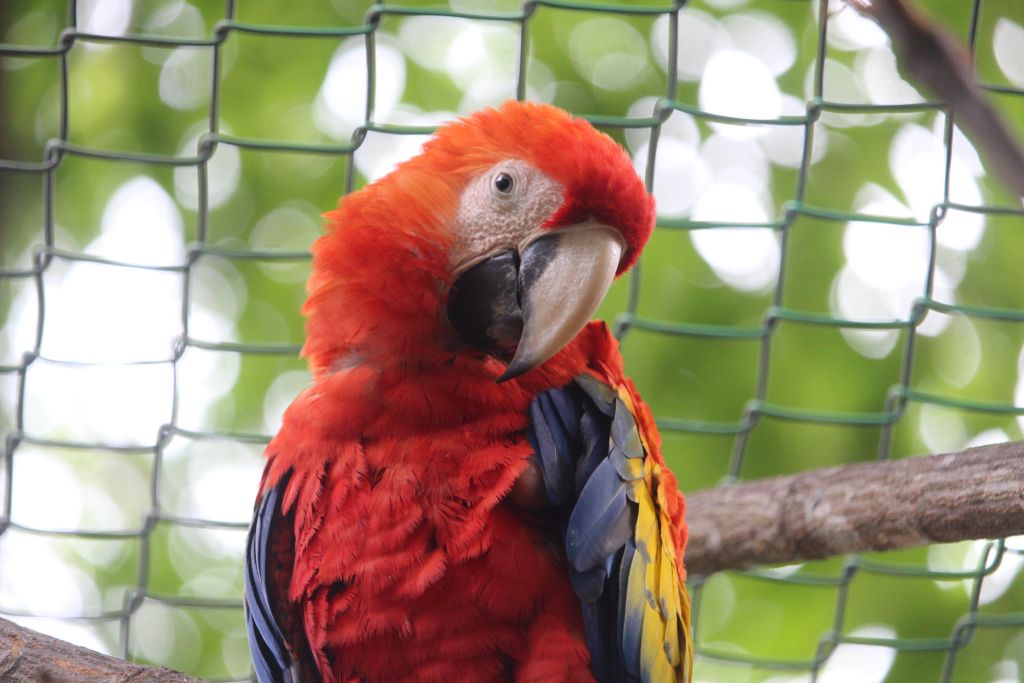Category: Birds
Scarlet Macaw
Taxonomy: (Ara macao)
Spanish Name: Lapa
Conservation Status: LEAST CONCERN (DECREASING)
Lifespan: Can live between 40-50 years in the wild and 75-80 years old in captivity.
Distribution: Can be found throughout Costa Rica as well as many countries in the north of South America such as Colombia, Peru, Venezuela and Brazil. Thought to be extinct in Mexico, Guatemala, Honduras and Nicaragua.
Habitat: Humid lowland rainforests, woodlands, river edges and savannas.
Behavior: Can be found throughout Costa Rica as well as many countries in the north of South America such as Colombia, Peru, Venezuela and Brazil. Thought to be extinct in Mexico, Guatemala, Honduras and Nicaragua.
Diet: They mainly eat fruit and nuts and are at an advantage to other animals when it comes to eating the harder foods, or perhaps those that are not yet ripe, due to their large beak. These beaks have a lot more movement than other birds and means they can eat a much larger variety of foods.
Reproduction: They create nests in the hollows of tree where branches have fallen, or where woodpeckers have excavated holes. They lay a clutch of eggs every one-two years and both the male and female will care for and feed the young. The eggs hatch after 25 days of incubation and become independent after one-two years (this correlates with when the parents will nest again). They stay with the parents for an extended period of time which is thought to be due to a more significant learning period.
Threats: One of their main threat is the illegal pet trade where many of the young are poached directly from their nests. Habitat destruction also has a large impact on these macaws. Finally, these beautiful birds are traded on the black market for their meat and feathers.
At Alturas: We house 2 scarlet macaws on our sanctuary in our large aviary that you can see on one of our four tours a day at 9am, 11am, 1pm and 3pm, Tuesday-Sunday.
